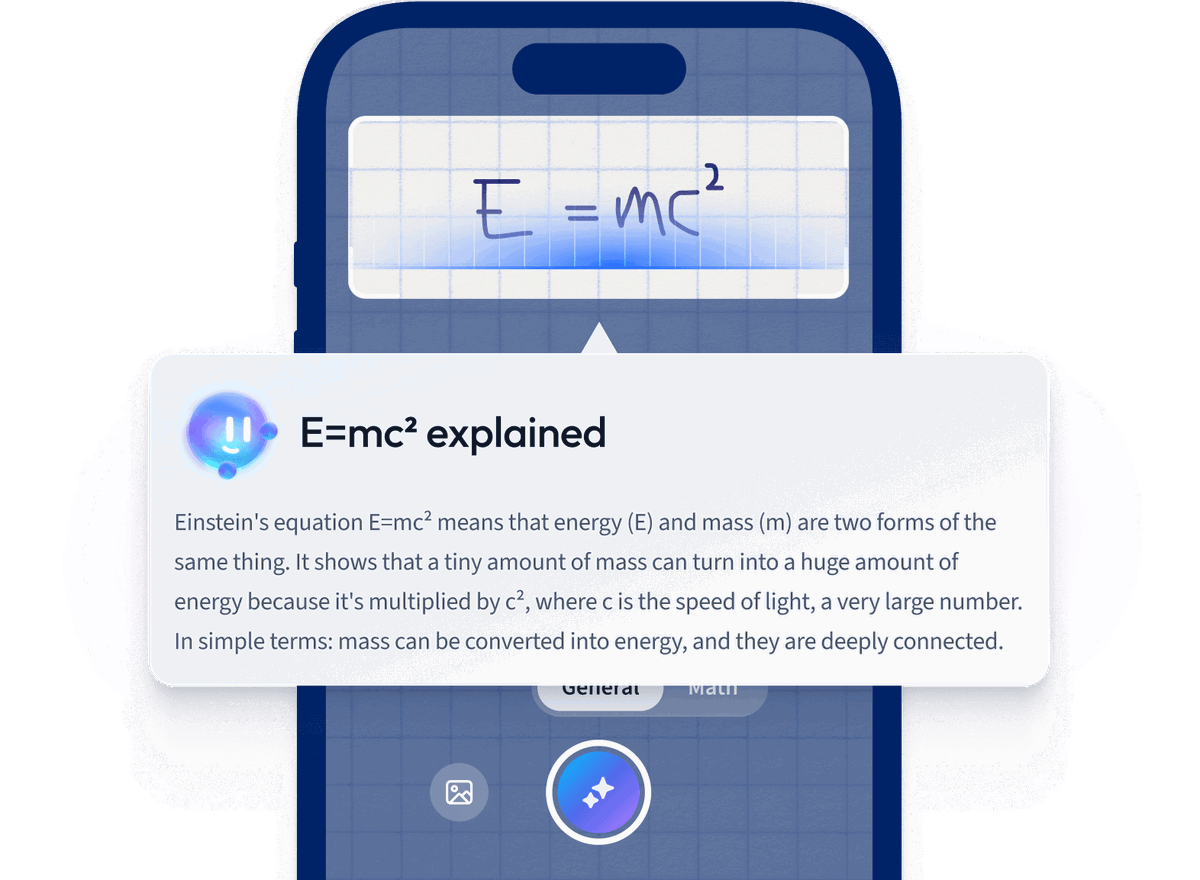Couplet meaning
Let's have a look at the definition of a couplet:
A couplet is a literary device consisting of a pair of consecutive lines of poetry, describing a complete thought or idea. They are of the same meter and are connected by rhythm and rhyme.
It must be remembered that while most couplets rhyme, not all do. If each sentence of a couplet is an entire grammatically correct unit, it is called a closed couplet. Otherwise, if the sentence carries from one line to the next, it is called an open couplet. Read on to find out more about the different types of couplets!
History of couplets
The word couplet is derived from the Latin word 'copula', meaning 'bond' or 'link'. In French, 'couplet' refers to two pieces of iron connected together by a rivet or hinge. In poetry, the lines in a couplet are linked by the same idea or thought that connects them.
It was during the Elizabethan age (1558 – 1603) when attention was drawn towards couplets as a literary device. English poets started using it to establish patterns in verse.
Sir Philip Sidney was the first to use the term couplet to refer to verses. In his book Arcadia (1590), Sidney defined a couplet as a set of two lines, the first posing a question which is answered by the second line; i.e. they are both connected by the same idea or thought.
Couplet poem
Couplets may be stand alone or within a longer stanza. A stand alone couplet is also called a couplet poem. It is a short poem that consist of a single couplet (two lines).
Stand-Alone: Alexander Pope’s 1736 epigram engraved on the collar of the puppy which he gave to the Prince of Wales is a couplet poem:
'I am his highness’s dog at Kew;
Pray tell me, sir, whose dog are you?'
Within a Stanza: The last two lines of William Shakespear’s 'Sonnet 18' (1609):
'So long as men can breathe or eyes can see,
So long lives this and this gives life to thee.'
Couplet poems are usually made of a rhyming couplet and they're often written for children. Let's look at a more simple example that could be aimed at a younger audience:
I've always loved looking at the sky
So now I've decided it's time to fly
Do you think this is too short to be a poem and it would fit better as part of a longer poem? Or do you think that young children might enjoy the brevity of couplet poems?
Features of a couplet
Now we will explore the different features of a couplet.
Meter
Meter determines the length of a particular line. It is the pattern of stressed and unstressed syllables that creates a rhythm in a poem. The units of meter are called feet, and they may be of different patterns.
Iamb - a foot that begins with an unstressed syllable and is followed by a stressed syllable (like in de-fine).
Trochee - a foot that begins with a stressed syllable and is followed by an unstressed syllable (like in po-et).
These poetic meters are determined by the type and number of feet used. For instance, iambic pentameter is a type of metric pattern that contains five iambs. In other words, each line has ten syllables; five alternating sets of unstressed-stressed syllables.
Rhyme scheme
Most poets use end rhymes, which are rhyming words at the end of the sentence that follow a particular pattern, which is often repeated. This pattern is called a rhyme scheme. The letters of the alphabet are used to denote the rhyme scheme. For example, a couplet that ends with rhyming words will have the rhyme scheme of AA, and one that doesn’t rhyme - AB. Based on this they are either called rhyming couplets or unrhyming couplets.
Couplet examples
Couplets can be categorised based on their meter, rhyme scheme or origin. Let's look at some examples of the different types of couplet.
Rhyming couplet example
A rhyming couplet is a couplet which consists of two equally long lines that rhyme. A rhyming couplet has a rhyme scheme of AA.
Sonnet 94 (1609) by William Shakespeare:
'For sweetest things turn sourest by their deeds;
Lilies that fester, smell far worse than weeds.'
Heroic couplet example
This is one of the most common types of couplets found in English poetry. The characteristic feature of heroic couplets is that they follow iambic pentameter.
A quote from Romeo and Juliet (1597) by William Shakespeare:
'JULIET: Good night, good night. Parting is such sweet sorrow
That I shall say good night till it be morrow.
(Act 2, Scene 2)
Split couplet example
Split couplets have different rhythms in both lines; they have asymmetric rhythms. The first line is in iambic pentameter (five beats) and the second in iambic dimeter (two beats).
'On a Sea-Storm Nigh the Coast' (1700) by Richard Steere:
'The weighty seas are rowled from the deeps
In mighty heaps'
In the above couplet, the first line has five beats whereas the second line has only two beats.
Open couplet example
A couplet in which the first line flows into the second one to form a continuous sentence is called an open couplet. They are also called run-on couplets.
'Eloisa to Abelard' (1717) by Alexander Pope
'Yet, yet I love! - From Abelard it came,
And Eloisa yet must kiss the name.'
In the above couplet, the first line runs into the second one, to form a complete grammatically correct unit.
Closed couplet example
A couplet that has two separate whole sentences is called a closed couplet or a formal couplet.
'Eloisa to Abelard':
'Why rove my thoughts beyond this last retreat?
Why feels my heart its long-forgotten heat?'
In the above couplet, both lines are separated into complete sentences (in this case questions).
The examples shown above for open and closed couplets are both from the same poem 'Eloisa to Abelard'. This means that in any particular single poem, the poet can make use of multiple types of couplets (or poetic devices).
The importance of couplets
Couplets are a literary device used in poetry as they express an idea in a concise and memorable way. Through the use of couplets the poet can achieve rhythm, imagery and emphasis. Most importantly, poets choose to include couplets so that their poems are memorable.
Couplet - Key takeaways
- A couplet is a literary device consisting of a pair of consecutive lines of poetry, describing a complete thought or idea. They are of the same meter and are connected by rhythm and rhyme.
- Couplets may be stand-alone, couplet poems, or part of a larger stanza.
- The meter, rhythm and rhyme scheme determine the type of couplet.
- The different types of couplets include: rhyming, heroic, split, open and closed.
- Couplets are used by poets to achieve conciseness, rhythm, imagery and emphasis.
How we ensure our content is accurate and trustworthy?
At StudySmarter, we have created a learning platform that serves millions of students. Meet
the people who work hard to deliver fact based content as well as making sure it is verified.
Content Creation Process:
Lily Hulatt is a Digital Content Specialist with over three years of experience in content strategy and curriculum design. She gained her PhD in English Literature from Durham University in 2022, taught in Durham University’s English Studies Department, and has contributed to a number of publications. Lily specialises in English Literature, English Language, History, and Philosophy.
Get to know Lily
Content Quality Monitored by:
Gabriel Freitas is an AI Engineer with a solid experience in software development, machine learning algorithms, and generative AI, including large language models’ (LLMs) applications. Graduated in Electrical Engineering at the University of São Paulo, he is currently pursuing an MSc in Computer Engineering at the University of Campinas, specializing in machine learning topics. Gabriel has a strong background in software engineering and has worked on projects involving computer vision, embedded AI, and LLM applications.
Get to know Gabriel











